Yates Account
Join now
Create a Yates account today!
Sign up to join the Yates Garden Club for monthly e-mails packed with seasonal inspiration, tips for success & exclusive promotions.
Plus if you’re a Garden Club member you can take part in the Yates Growing Community - a blog to share successes, get advice & win prizes in fun challenges along the way!

Forgot password
Enter the email address associated with your account, and we'll email you a new password.

Love the sight and scent of sweet peas? Sweet peas (Lathyrus odoratus) are one of the easiest plants to growand while you won’t get a floral show until spring, now isthe time to be sowing seeds. You can grow sweet peas in a fragrant teepee, create a wall of colour by growing them up a fence or if you're short on space, plant dwarf sweet peas in pots, window boxes or hanging baskets.
How to grow sweet peas in a garden
- Choose a well-drained spot in the garden that has full sun and is sheltered from the wind.
- Enrich the soil with some compost and Yates Dynamic Lifter Organic Plant Food before planting.
- Sow into damp soil where the sweet peas are to grow and lightly cover with soil. Tall growing varieties will need a support to climb up.
- Do not water for a couple of days after sowing. If the soil becomes dry, water gently to keep it slightly moist while the seeds are germinating.
- Once the seedlings are established, feed regularly during the growing and flowering season with Yates Thrive Rose & Flower Granular Plant Food. TIP: For an added boost, apply Yates Thrive Natural Fish & Seaweed+ Plant Food Concentrate.
- Pinch out first buds to encourage bushier plants.
- Remove any spent flowers to prolong the display.
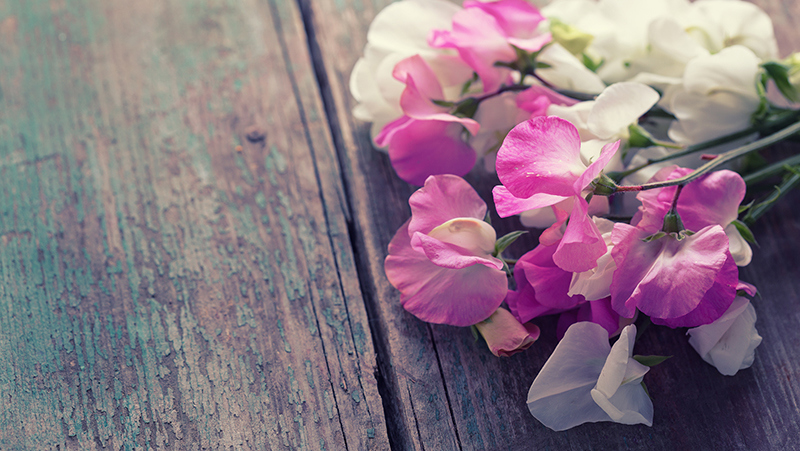
How to grow sweet peas in a pot
- Choose a pot that has adequate drainage holes and place it in a position that gets full sun and is sheltered from the wind.
- Fill the pot with Yates Premium Potting Mix.
- Sow into damp potting mix where the sweet peas are to grow and lightly cover with potting mix. Tall growing varieties will need a support to climb up.
- Do not water for a couple of days after sowing. If the potting mix becomes dry water gently to keep it slightly moist while the seeds are germinating.
- Once the seedlings are established, feed every 1 to 2 weeks with Yates Thrive Roses & Flowers Liquid Plant Food. TIP: For an added boost, apply Yates Thrive Natural Fish & Seaweed+ Plant Food Concentrate.
- Pinch out first buds to encourage bushier plants.
- Remove any spent flowers to prolong the display.
Revolutionary in the development of the sweet pea, Blue Butterflies is known as a 'reverse bi-colour' due to it's unusual arrangement of darker coloured wings and pale standards (upper petals).
Sweet Pea 'Blue Reflections'
A stunning display of large blooms in shades of blue, mauve and white creates a cascading wall of colour.
Sweet Pea 'Brilliant Fragrance'
This delightful, unique and highly fragrant sweet pea has soft cream petals that change to a pastel pink as they mature.
Sweet Pea 'Colourcade'
A vibrant colour mix of early flowering and heavily perfumed sweet peas.
Sweet Pea 'Hammett's Surprise'
From large flowered to frilly and striped, or bi-coloured to pure vibrant colours, this mix will delight you with a surprise selection of Dr. Keith Hammett's finest varieties.
Sweet Pea 'Liquorice'
This intriguing, glamorous sweet pea may be small-flowered like its ancestors, but makes a striking statement.
Sweet Pea 'Lucky Dip'
This superb mix of highly fragrant sweet peas, from internationally renowned breeder Unwins is a cornucopia of beautiful shades, including award winning varieties.
Sweet Pea 'Old Fashioned'
A traditional favourite with large, ruffled blooms that are heavily perfumed.
Sweet Pea 'Original'
From world-renowed plant breeder Dr. Keith Hammett comes this rare opportunity to savour the delights of the original sweet pea, introduced from Sicily 300 years ago.
Sweet Pea 'Patricia Ann'
A strikingly distinctive mix from world-renowned plant breeder Dr. Keith Hammett.
Sweet Pea 'Pink Diana'
Large fragrant blooms in bold shades of bright pink produce a sumptuous display in the garden.
Growing tips
- If sowing first in seed raising mix, take extra care when transplanting as sweet peas resent root disturbance.
- If heavy rainfalls are expected close to planting time, start the seeds off in toilet paper rolls filled with damp seed raising mix. Don’t be tempted to water the seeds for at least a couple of days after sowing and only apply small amounts of water to the seeds to keep the soil lightly moist. Once germinated, plant the toilet paper rolls containing the young plants directly where they are to grow and water in well.
- Apply some organic mulch around the base of the plants to help retain soil moisture.
- For maximum sunlight exposure have the trellis running in a north-south direction.
- You can create little Sweet Pea Tepees in the backyard which is a delight for kids.
- Pick blooms regularly to promote further flowering.
- Once flowering has finished and the plant begins to wither, dig them directly into the soil as a green manure which adds nitrogen to the soil.
- Do not consume the fruits or seeds of the sweet peas as they are poisonous if eaten.
More Plants
Gomphrena
Gomphrenas are hardy plants that provide lovely rounded, papery flower heads. They're available in shades of white, pink and plum.
Orange Trumpet Vine
Orange trumpet vine, with its brilliant cascading masses of orange tubular flowers, is one of the most spectacular winter flowering climbers.
Spring Stars
Spring Stars are a versatile addition to any garden with delightful lavender-blue, star shaped blooms.
Flax
Flaxes (Phormium spp.) are highly versatile plants which don't mind swampy or dry conditions. Great for large pots or planted en-masse in garden beds.
Recommended products
Yates Dynamic Lifter Organic Plant Food
Releases nutrients slowly, improves the structure and moisture retention of the soil and encourages earthworms and beneficial soil micro-organisms.
Yates Thrive Rose & Flower Granular Plant Food
Specially formulated to grow all types of flowers. With high potassium for large & abundant flowers, added calcium & iron for stronger flowers.
Yates Premium Potting Mix
A premium potting mix, ideal for all potted plants and shrubs, including ornamentals, fruit trees, vegies and herbs.
Yates Thrive Roses & Flowers Liquid Plant Food
Provides your flowers & roses with the balanced nutrients they require for healthy growth and flower production.



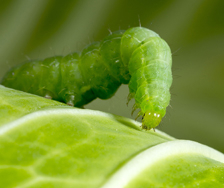
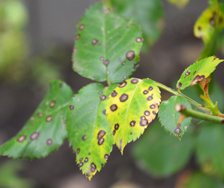
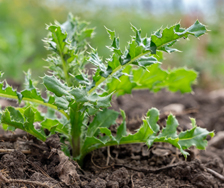
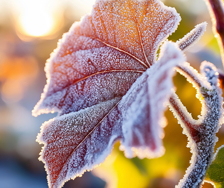
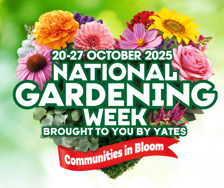





















Share
Share this article on social media